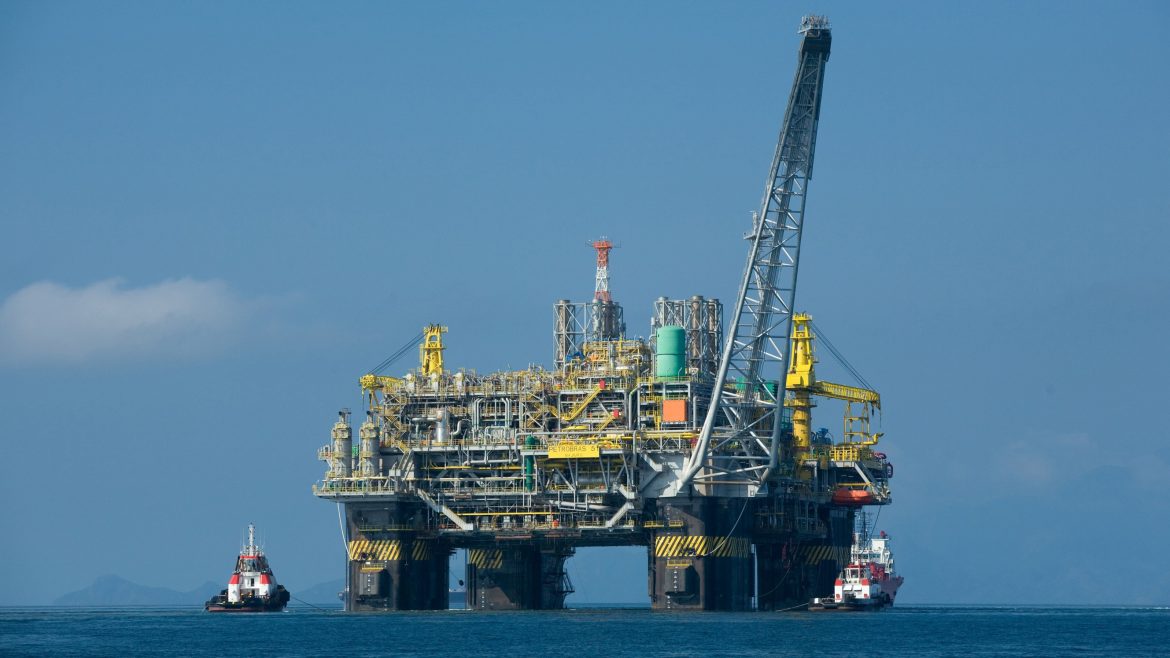Saudi Arabia, the world’s leading oil exporter, is considering reducing the prices for most of its crude grades sold to Asia in July. This potential price cut, the first in five months, reflects weakened Middle Eastern benchmarks and diminished margins for Asian refiners. The anticipated reduction in the official selling price (OSP) of the flagship Arab Light crude highlights the complex dynamics in the global oil market.
Saudi Aramco responds to market dynamics
According to a media survey of five refiners, the OSP for Arab Light crude is expected to drop by 30 to 50 cents per barrel in July. This comes after the OSP hit a five-month high in June. The primary driver for this price cut is the softening of Middle East benchmarks and reduced refining margins in Asia.
An anonymous source indicated that Saudi Aramco’s decision is influenced by the narrowing backwardation in the Dubai market. Backwardation is a market condition where current prices are higher than future prices, signalling tight supply. However, recent months have seen this backwardation narrow by approximately 40 cents, prompting a reevaluation of pricing strategies.
OPEC+ supply cuts and global economic pressures
This potential price reduction also underscores the challenges faced by OPEC producers as non-OPEC supply continues to rise amidst a global economic slowdown. The Organisation of the Petroleum Exporting Countries and their allies (OPEC+) are likely to extend voluntary supply cuts during their upcoming June 2 meeting. These measures aim to stabilise the market amidst fluctuating demand and supply dynamics.
Saudi Aramco’s potential price cut reflects broader market adjustments as other state energy firms, like Mexico’s Pemex and Abu Dhabi’s ADNOC, have also reduced their domestic intake, easing supply tightness. Additionally, Canada’s expanded Trans Mountain pipeline has begun exporting heavy oil to Asia, further alleviating supply constraints.
Impact on Asian refiners
Weak refining margins in Asia have significantly impacted the demand for additional crude supply. In Singapore, a key indicator for Asian refiners, the average margin at a complex refinery fell below $3 per barrel over the past 15 days, down from $3.96 in April, according to LSEG data. This decline in margins has tempered refiners’ appetite for incremental crude supply.
According to media reports, the OSPs for Arab Medium and Arab Heavy crude grades might see even larger reductions. This move is expected to align with the current market realities and the operational needs of Asian refiners.
Setting the trend for regional pricing
Saudi crude OSPs, typically released around the fifth of each month, set the pricing trend for other major oil producers in the region, including Iran, Kuwait, and Iraq. These prices affect over 9 million barrels per day (bpd) of crude bound for Asia, making Saudi Aramco’s pricing decisions highly influential.
Aramco’s method for setting crude prices involves calculating changes in the value of its oil over the past month based on yields and product prices, as well as considering customer recommendations. However, company officials traditionally refrain from commenting on the kingdom’s monthly OSPs.
Broader implications for the oil market
The potential price reduction by Saudi Arabia comes at a time when the global oil market faces several uncertainties. Increasing non-OPEC supply, coupled with economic headwinds, has created a challenging environment for oil producers. As OPEC+ prepares to extend its supply cuts, the actions of leading producers like Saudi Arabia will be closely watched.
Saudi Arabia’s anticipated price cuts for crude grades sold to Asia reflect the ongoing adjustments within the global oil market. As Middle East benchmarks weaken and Asian refining margins decline, Saudi Aramco’s pricing strategy aims to balance market supply and demand. This move underscores the intricate dynamics at play in the oil industry, where economic pressures and market conditions continuously shape pricing decisions. As the market evolves, the actions of major oil exporters like Saudi Arabia will remain pivotal in determining global oil prices and supply stability.



